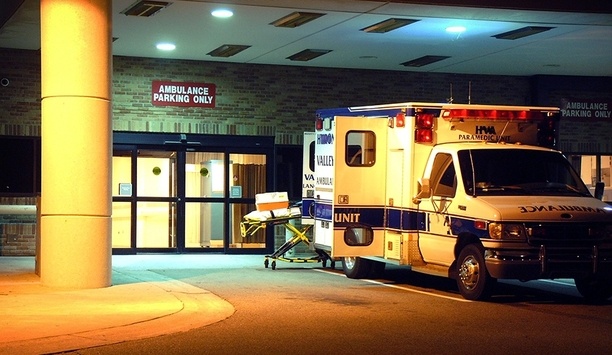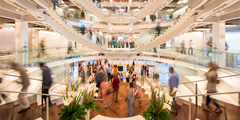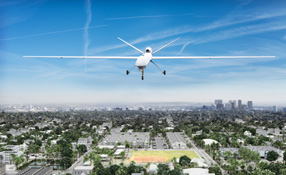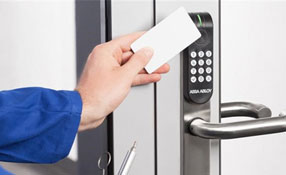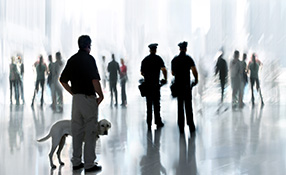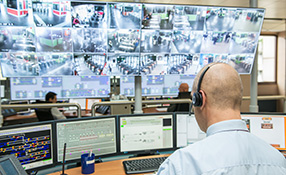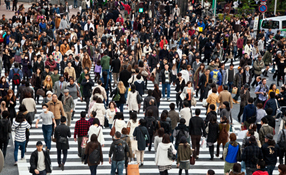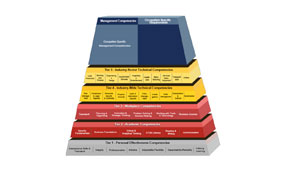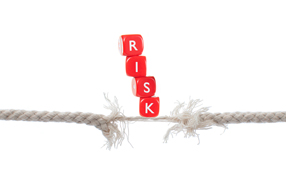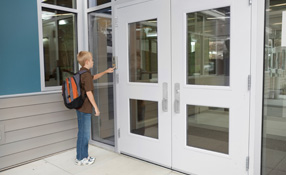 |
| Employees are the front line of defense — as well as the most economical defense — against shrinkage losses |
The financial cost of retail shrinkage is huge. The latest Annual Shrink Report issued by Dr. Richard Hollinger and Dr. Read Hayes at the University of Florida puts the total at $36 billion annually.
Shrinkage has several causes: customers shoplifting , employee theft, supplier fraud and administrative errors.
Frequent inventories and accounting audits counts can catch administrative errors and supplier fraud. But stopping shrinkage caused by theft is a larger undertaking.
“There are two kinds of thieves,” says Keith Aubele, CPP, president and CEO of the Bentonville, Ark.-based Retail Loss Prevention Group. “First, there is the opportunistic non-pro. Second, there are professionals working in Organized Retail Crime Syndicates (ORCS) — vast organizations that buy stolen goods from professional thieves for pennies on the dollar and then repackage and resell the goods to mom-and-pop stores, back into the retail pipeline, internationally — through any of a number of markets for stolen goods.
“Employees are the front line of defense — as well as the most economical defense — against shrinkage losses.”
But employees don’t just naturally protect against theft. “First, you must have a strong culture built on theft prevention and shrink resistance,” says Aubele. “Second, you must have a substantial employee training program designed to help prevent losses.”
Aggressive Hospitality
Keith Aubele of Retail Loss Prevention Group says that aggressive hospitality will |
Aubele goes on to say that aggressive hospitality will welcome true customers and deter would-be shoplifters, who will get the impression that someone is always watching.
Video can communicate a message, too. “You must create a single message with your video security system,” he says. “It is a message that ‘warms’ good customers and ‘warns’ shoplifters.”
Aubele explains: “Suppose a mom with two kids pulls into a retailer’s parking lot and sees a sign saying: For the safety and security of you and your family members and our associates, security cameras are in use and recording."
“Next, the mom walks into the store and sees a camera and a public view video monitor showing her and her children. She will feel good that the proper precautions are being taken.”
The same message and video monitor will cause an opposite reaction in a shoplifter looking to steal merchandise, says Aubele. He or she will read the sign outside the store, see himself or herself on the video monitor inside, note the cameras strategically placed around the store and likely decide to visit a different store.
More Technology
More and more technologies are being developed to discourage retail thieves.
Electronic article surveillance tags have been around for a number of years. They attach to items of merchandise and set off an alarm if a thief attempts to leave the store without paying. During transactions, the sales clerk de-activates the tags.
Newer technologies include video analytics and facial recognition, says Aubele. Analytics can monitor dwell time at a shelf with high-loss merchandise. Stealing takes more time than picking up a product to buy and moving on.
“Facial recognition is getting better,” Aubele says. “You have to have great photographs of known thieves in the system. If you do, the system will alert security when there’s a match.
“RFID technology built into the shelf systems of high-risk merchandise alerts security when multiple items are removed from the shelves at one time.
“There are shopping carts that will lock up if thieves try to push them out the door without going through check out.
“Video can monitor points of sale to help ensure that everything is being rung up.
“Every day these kinds of technological solutions to shrinkage are advancing.”




